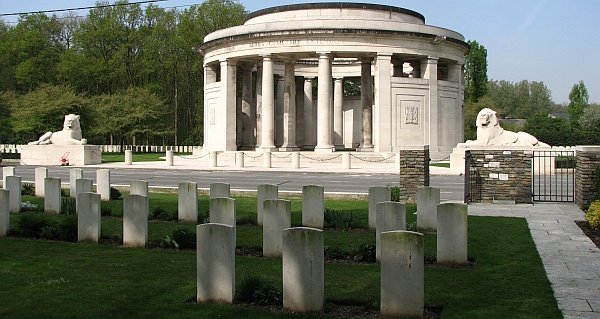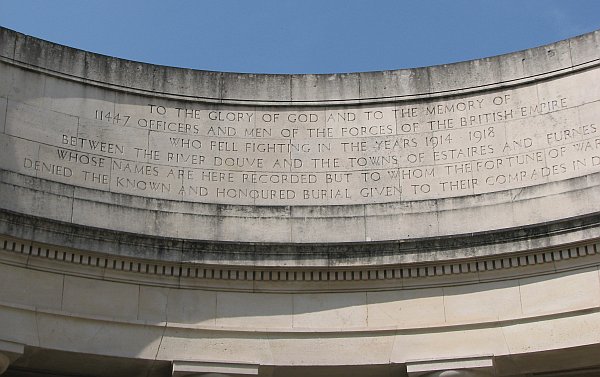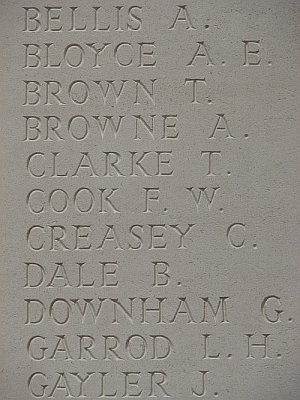Lewis Harold Garrod
Born: 1889, Little Bromley
Parents: John Garrod and Mary (Jennings)
Siblings:
Lived: Grove Farm, Little Bromley
Enlisted: Colchester
Unit: Essex Regiment 2nd Bn.
Regimental Number: 8855
Rank: Private
Died: Killed in Action, France & Flanders, 21/10/1914
Commemorated: Panel 7 Ploegsteert Memorial, Belgium
Lewis Harold Garrod - or Garrad, as it sometimes appears in official documents - was born during the first half of 1889 in Little Bromley. Lewis was the third of seven children, from the marriage of John and Mary Garrod (nee Jennings), who were both born and bred in Little Bromley.
John Garrod was an agricultural worker, and later a shepherd. The Garrod family appear to have lived very close to Little Bromley Hall for many years, before later moving to Grove Farm at some point between 1901 and 1911.
In late December 1906, or early January 1907, Lewis signed up at Colchester to join the Essex Regiment. The exact details of Lewis' pre-war Army service are not known because his Service Record no longer survives, but circumstantial evidence does suggest that he was a member of the Regular Army and may have served abroad.
The usual term of enlistment for the Infantry at that time was 7 years full time service, followed by 5 years in the Army Reserve. This means that unless Lewis decided to extend his service, then he would have returned to civilian life in late 1913/early 1914; however, as an Army Reservist he would have been recalled to the Colours with immediate effect, upon the declaration of war.
Whether Lewis did return to civilian life is not known; what is certain, is that in early August 1914 - after the mobilisation of the British Army upon the outbreak of war - he was serving with the 2nd Battalion of the Essex Regiment. By coincidence, another soldier in the Battalion was Albert Bloyce, from Great Bromley.
The Battalion was to form part of the British Expeditionary Force (B.E.F.), and embarked at Southampton on 22 August 1914, before landing at Le Havre, France early the following day. Within two days, they were involved in heavy fighting at the Battle of Le Cateau, where the 2nd Essex formed part of the British left flank.
Over the next two months, the Battalion was involved in The Great Retreat, the battles of the Marne and the Aisne, along with the series of movements and clashes that have since been referred to as "the Race to the Sea".
"The Race to the Sea" was essentially a series of attempts by both sides to turn the open (western) flank of the enemy: It ended in several battles during late October and early November 1914 (the best known being the First Battle of Ypres), and after which both sides faced each other in a relatively static, continuous line stretching from the North Sea to the Swiss border. This marked the start of trench warfare, which was to last until the Spring of 1918.
On 21 October 1914, the 2nd Essex were involved in heavy fighting, which successfully managed to halt part of the German advance around the crossroads village of Le Gheer, just inside the Belgian border south of Ypres. The Battalion suffered 69 casualties, including Lewis Garrod, and Albert Bloyce, who were both killed in action.
Lewis has no known grave, and is now commemorated on Panel 7 of the Ploegsteert Memorial to the Missing, in Belgium. The Memorial commemorates more than 11,000 servicemen of the United Kingdom and South African forces who died in this sector during the Great War, and have no known grave.



Notes:
Lewis's brother Walter George Garrod married Lydia Ethel Easdell, the sister of Alfred George Easdell who is on this same war memorial.
